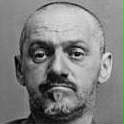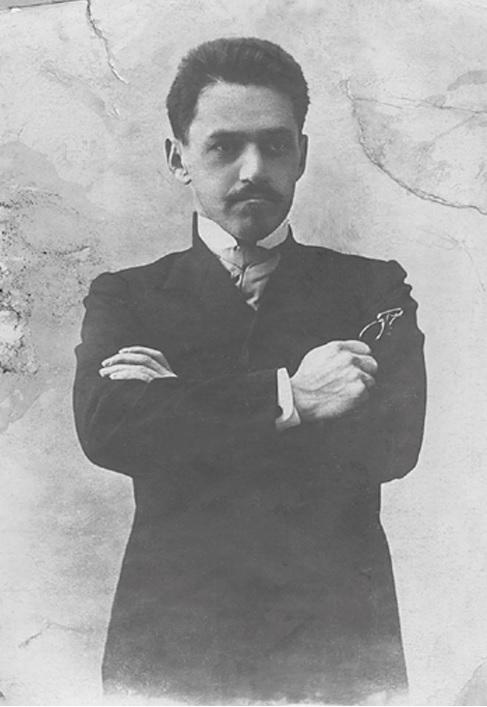
1868 - 1929
Mohammed Beck Hadjetlaché
Summary
Name:
Mohammed Beck HadjetlachéYears Active:
1918 - 1919Birth:
May 20, 1868Status:
DeceasedClass:
MurdererVictims:
3Method:
UnknownDeath:
November 04, 1929Nationality:
Sweden
1868 - 1929
Mohammed Beck Hadjetlaché
Summary: Murderer
Name:
Mohammed Beck HadjetlachéStatus:
DeceasedVictims:
3Method:
UnknownNationality:
SwedenBirth:
May 20, 1868Death:
November 04, 1929Years Active:
1918 - 1919bio
Mohammed Beck Hadjetlaché was born Kasi Beck Akhmetukov on May 20, 1868, in Istanbul, Turkey. He grew up in a Circassian family that had fled Circassia after the Russian-Circassian War. When he was young, his father, a leader of a Bashi-bazouk group, was killed during the Russo-Turkish War in 1878. After this tragedy, the family faced many challenges.
In 1882, when he was around 14 years old, Hadjetlaché and his family emigrated to Russia. There, he was adopted by a childless couple, the Ettinger family, who gave him the name Grigory. As he grew older, he became interested in writing. In the 1890s, he began publishing novels and short stories under the pen name Hadjetlaché.
During World War I, in 1916, Hadjetlaché offered his services to the Russian government. He wanted to run a propaganda campaign that would target Germans and Turks, especially in the Muslim communities around the world. By 1917, he was recruited by MI1c while working in a British propaganda unit called the Anglo-Russian Commission in St. Petersburg.

In 1918, Hadjetlaché left Soviet Russia and moved to Sweden. There, he organized a group called the "Russian League." This group aimed to fight against the Bolsheviks. Hadjetlaché settled in a house in the woods outside Stockholm.
murder story
After arriving in Sweden in 1918, Hadjetlaché established a White émigré terrorist organization called the "Russian League" with the aim of continuing the anti-Bolshevik struggle abroad. Operating under the guise of ideological resistance, he purchased a secluded house in the forest outside Stockholm, which he used as a detention and execution site.
In 1919, Swedish authorities uncovered the extent of the group's activities when three bodies were discovered in Lake Norrviken. These were later identified as Karl Calvé (possibly Gleb Varfolomeyev), an engineer, Juri "Paul" Levitsky, a journalist and Soviet diplomatic courier, and Nicolai Ardachev, a Russian nobleman and doctor of law.
All three men had been accused by Hadjetlaché and his followers of being Bolshevik agents. According to reports, the victims were brought to the house, killed—possibly by shooting or stabbing—and dumped in the nearby lake. Swedish investigators found a chilling “death list” among Hadjetlaché’s belongings, suggesting additional victims, although only three murders were ever confirmed.
When the group was arrested in 1919, the case attracted international attention. The Soviet press seized the opportunity to publicize the murders, portraying them as examples of White émigré brutality. Renowned Russian author Alexei Tolstoy later fictionalized the crimes in his novel Emigrants.
On May 28, 1920, Hadjetlaché was sentenced to death by guillotine by a Swedish court—the last person ever to receive a death sentence in Sweden. However, his sentence was commuted to life imprisonment, in line with Sweden’s longstanding de facto moratorium on executions, which was formally codified with the abolition of the death penalty in peacetime in 1921.
Hadjetlaché was imprisoned at Långholmen Prison. He filed for early release toward the end of his life, citing time served, but his petition was rejected. He died in prison on November 4, 1929, still serving his life sentence. His co-conspirators received varying prison sentences ranging from six months to eight years.
The case of Hadjetlaché remains historically significant as a symbol of political extremism among exiled White Russians and as the last death sentence ever passed in Sweden, though never carried out. His story lives on through literature, including a poem titled "Mohammed Bek Hadjetlaché" by American poet Carl Sandburg, written as though Sandburg had encountered the man himself.